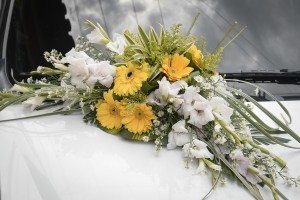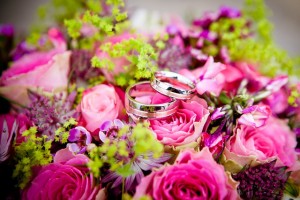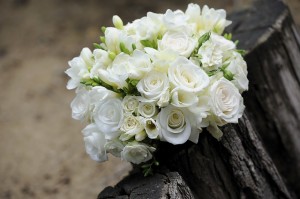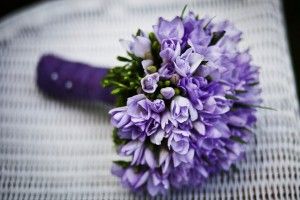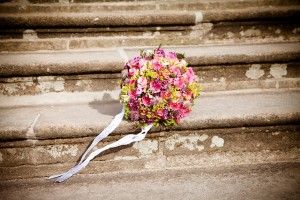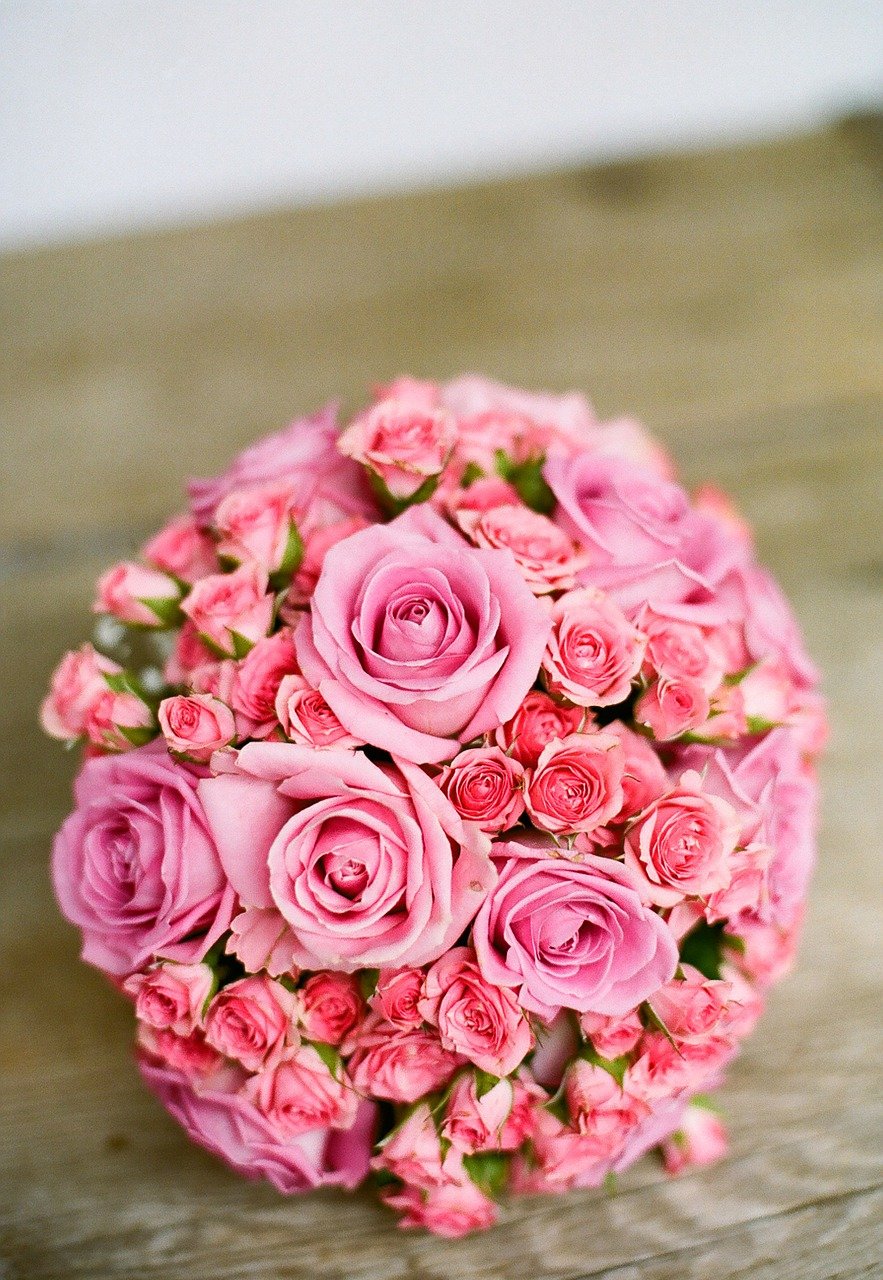
You have chosen the perfect wedding dress, jewelry to match, the hairstyle to sport and shoes to glide down the aisle. You’re almost the perfect bride, except for one small detail that will add the finishing touches – your wedding bouquet!
Bridal bouquets are not just a bunch of flowers that are put together at random. When chosen well, your bouquet will complete your bridal look perfectly. How do you get it right?
Let us look at the different shapes in which wedding bouquets are available, and find the choice that is the right size and shape for your figure.
Circular bouquets: Nosegays and Posies
The round bouquet is a popular traditional choice. It can be created from the same flowers or an assortment of blooms that are neatly arranged in a circular fashion. Nosegays and posies are extensions of the classic round bouquet, but are smaller in size. In nosegays the flowers are arranged tightly, the cluster is small and the stems are all cut to the same length. Posies are small bouquets that are usually tied with a ribbon.
This shape is generally versatile, and all three go extremely well with classic ball gowns or A-line dresses. Posies particularly suit petite brides. You can choose the size of the round bouquet, or the arrangement of the flowers to complement your figure, so it helps to balance out your look.
Hand tied bouquet
You can understand from the name itself that these bouquets have a casual look and feel. The chosen bunch of flowers are gathered together and simply tied with a ribbon. Unlike the other prim and perfect bouquet designs, hand-tied bouquets are loosely tied to create a messy look, with the stems and foliage showing. It is an apt choice for an outdoor wedding, and you can adjust the size and choice of flowers to match your size.
Cascade bouquet
The flowers chosen for the bouquet will determine whether it is traditional or modern. The contemporary choice includes orchids and lilies, while the traditional choice has roses. Since the bouquet falls downwards, it has a slimming effect which works well for plus-size brides. The dramatic design also matches mermaid or ball gown skirts.
Presentation bouquets
This style is similar to the ones we see at pageants. Long stemmed flowers are tied together and the bouquet is held across the body to rest in the crook of the arm. It has a formal touch and suits all body shapes.
Composite bouquets
This is a bouquet that takes time and effort to create. An individual big flower is crafted out of hundreds of small petals from individual flowers, which are glued or tied together. It is more expensive than the other bouquets, but is a unique and stunning design worth its price.
Now that you know the technical differences between the various bouquets available, you should be able to choose the one that is right for you. Visit Best for Bride for more wedding advice and tips.


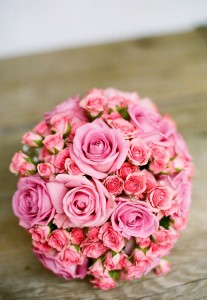
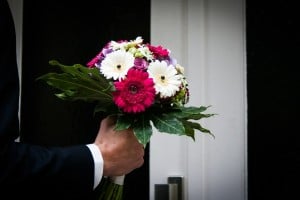
![By Photo by and (c)2007 Jina Lee (Own work) [GFDL (http://www.gnu.org/copyleft/fdl.html), CC-BY-SA-3.0 (http://creativecommons.org/licenses/by-sa/3.0/) or CC BY-SA 2.5-2.0-1.0 (http://creativecommons.org/licenses/by-sa/2.5-2.0-1.0)], via Wikimedia Commons](http://www.bestforbride.com/bridal-shop/wp-content/uploads/2015/03/128px-Cascading_bridal_bouquet.jpg)
